Leprosy, also called Hansen’s disease, rare infectious disease caused by the bacterium Mycobacterium leprae. Traditionally, leprosy has been relatively uncommon in the United States, with most cases involving individuals who traveled from leprosy-endemic regions or had contact with armadillos, known carriers of the disease. Recent reports demonstrate a concerning increase in leprosy cases in Central Florida, leading experts to suspect that the disease may have become endemic in the region.
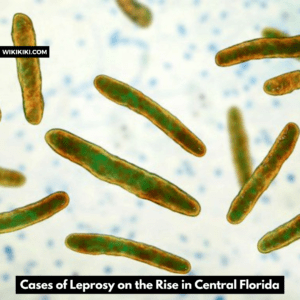
Also Read: Myanmar Junta Extends State of Emergency and Delays Elections
Sources Related to Leprosy (For R&D)
- The history of leprosy
- Leprosy Symptoms, Treatments, History, and Causes
- Epidemiology of leprosy
- Leprosy in the Bible
- Notable Cases of Leprosy
The report features an instance of a 54-year-old landscaper from Central Florida who was diagnosed to have leprosy regardless of having no risk factors, like travel history to endemic regions or contact with infected people or armadillos.
This discovery brings up issues about potential local transmission routes and environmental reservoirs for the disease. The CDC’s research suggests that Central Florida may now be an “endemic Location” for leprosy, meaning the disease has established a consistent presence in the region’s population.
Rising Cases in Central Florida
The Centers for Disease Control and Prevention (CDC) reported that leprosy cases in Central Florida have increased significantly, representing 81% of cases in the state and one-fifth of all reported cases cross country.
Also Read: Teacher Strikes in England End as Unions Accept Pay Deal
Historically, leprosy cases in the US were essentially connected with people who immigrated from regions with high leprosy prevalence. However, around 34% of new cases somewhere in the range of 2015 and 2020 appear to have been gained locally, suggesting possible endemic transmission within the country.
One of the difficulties with disease is that it can frequently be misdiagnosed because of its slow progression and lack of familiarity among healthcare providers.
Patients might encounter side effects for a long time prior to getting a right diagnosis. Additionally, the disease’s slow growth makes it difficult to track the source and spread of infection accurately.
Also Read: France Commences Evacuation of Citizens from Niger Following Coup
While it is not entirely clear how leprosy is transmitted in Central Florida, it is believed that armadillos may be one potential source. A few armadillos in the region are known carriers of the bacteria responsible for leprosy. Not all cases can be traced back to armadillo exposure, leaving health experts searching for other possible environmental reservoirs of the bacteria.
Assuming that sickness has without a doubt become endemic in Central Florida, it features the requirement for expanded watchfulness among medical services suppliers to quickly perceive and analyze the disease.
Early detection is pivotal for successful treatment and preventing further spread. Public health agencies should also consider conducting extensive contact tracing and education campaigns to raise awareness about the disease and its transmission.
Also Read: Denmark Considers Banning Quran-Burning Protests

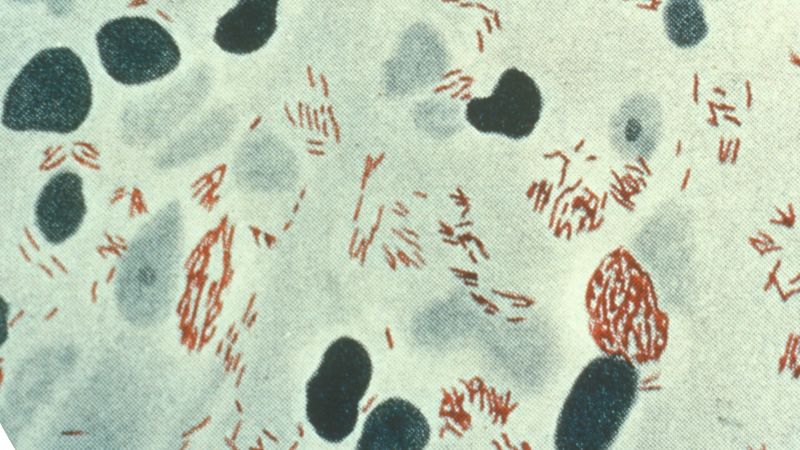

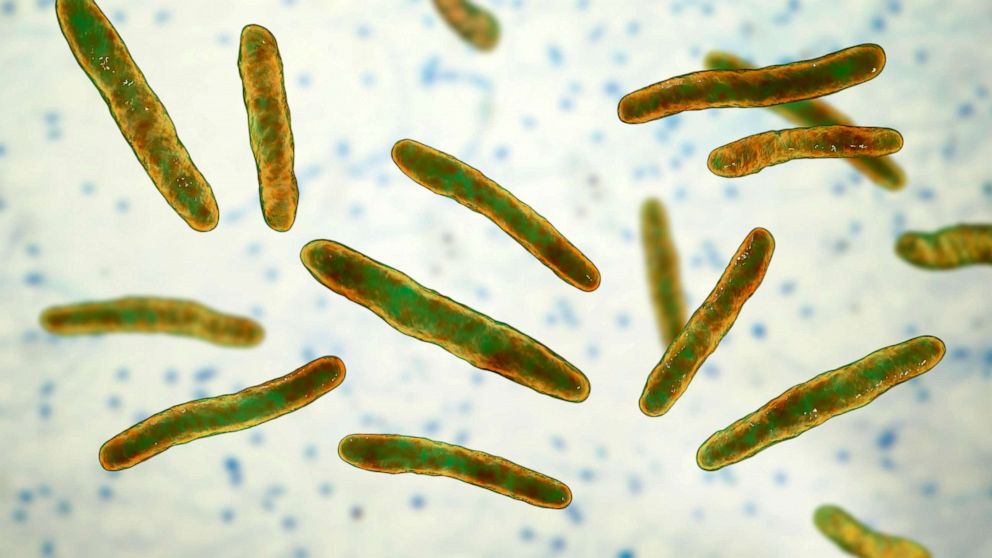
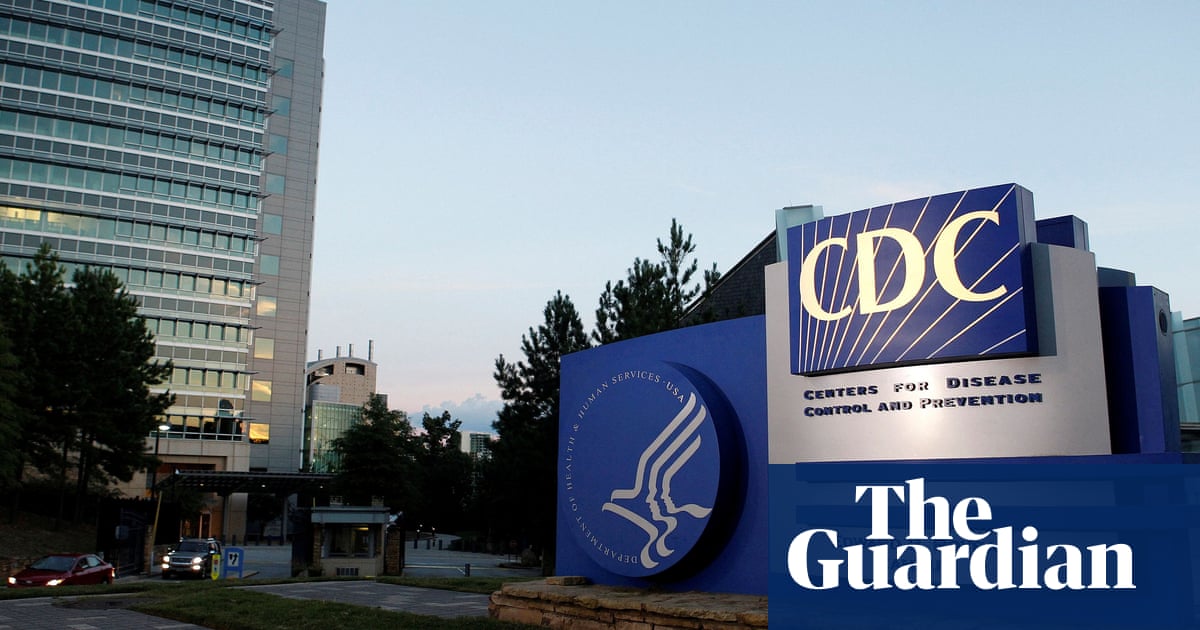
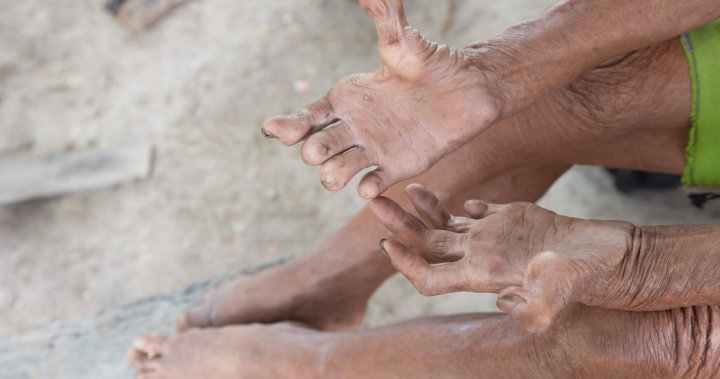



















+ There are no comments
Add yours